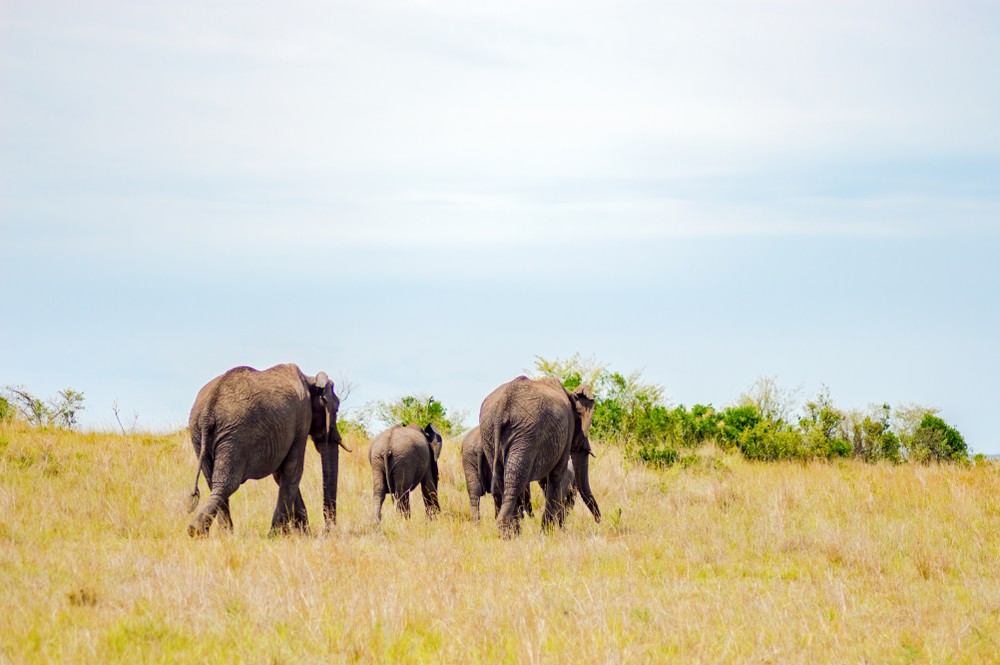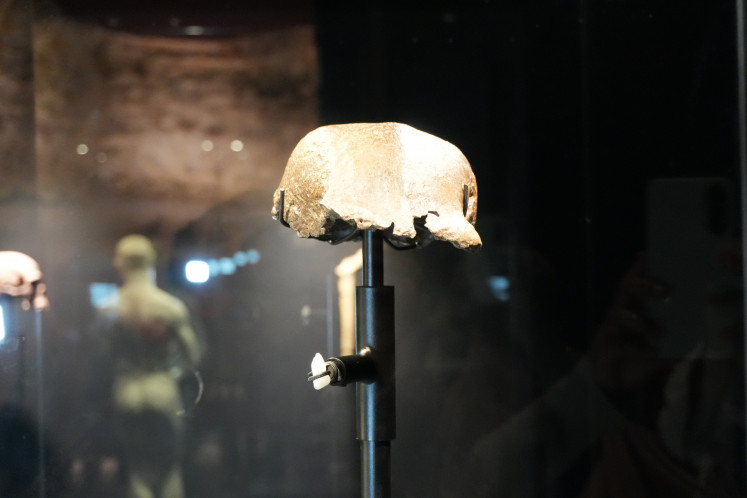Popular Reads
Top Results
Can't find what you're looking for?
View all search resultsPopular Reads
Top Results
Can't find what you're looking for?
View all search resultsFour-tusked ‘elephant’ on display at Bandung museum – in fossils
Change text size
Gift Premium Articles
to Anyone
S
kull fossils of an animal related to today’s elephant species that had four ivory tusks instead of two are currently exhibited at the Geology Museum in Bandung, West Java.
The items were discovered in the 1990s by the museum's research team in Wallanae Valley, South Sulawesi.
Visitors to the museum can also marvel at other interesting fossils at the exhibition, including of an ancient pig (Celebochoerus heekereni) and a giant turtle (Geochelone atlas).
As reported by tempo.co, the elephant-relates species that used to live in Sulawesi according to the fossils found include the Stegodon sompoensis, Stegodon sp. and Elephas celebensis, which refers to the four-tusked animal.
"The age of the ancient elephant's fossils is around 2 million years," said the head of the research team, Fachroel Aziz, a paleovertebrata expert, as quoted by tempo.co.
The fossils of the Stegodon in Sulawesi were first discovered by Dutch researcher Dirk Albert Hooijer in 1953. After his next findings in Sompoh area, he later proposed Stegodon sompoensis as a new species name.
A joint team of the Bandung Geology Research and Development Center and the University of Utrecht as well as the Netherlands' National Museum of Natural History did research in Wallanae Valley between 1989 and 1992. Among their findings were teeth and skull fossils.
Based on the size of their teeth, said Fachroel, the Stegodon sompoensis was considered a dwarf. "It was a small elephant, similar to a buffalo [in size]."
Read also: 700,000-year-old elephant fossil found in Central Java
Meanwhile the Elephas celebensis that had four tusks was first found by Dutch researcher Heekeren in 1947. The two upper tusks are believed to have been used as a weapon and gouge. Meanwhile, the use of the pair of smaller, lower tusks is not yet known.
According to researcher Gert van den Berg, so far evidence of their existence in Indonesia has only been found in Sulawesi. During the Miosen era that ran from 23 to 5 million years ago, many of this species could be found in Asia.
"The Stegoloxodon was a relict in Sulawesi; since it was isolated, it was able to exist," he said, adding that elephants in Asia were extinct due to competition with later elephant species. (kes)











